District of Bharatpur in Rajasthan is located very conveniently on the golden triangle (Agra, Jaipur and Delhi) of tourism in India. But unlike these three beautiful cities famous for forts and palaces and world class-built heritage, Bharatpur is known for providing sanctuary to thousands of species of birds and wildlife. Also known as an ‘ Ornithologist’s Paradise’, Bharatpur National Park is home to hundreds of species of birds. In the winter months it attracts hoards of birdwatchers, nature photographers and wildlife enthusiasts.
The sanctuary was created 250 years ago and is named after a Keoladeo (Shiva) temple within its boundaries. Initially, it was a natural depression; and was flooded after the Ajan Bund was constructed by Maharaja Suraj Mal, then the ruler of the princely state of Bharatpur, between 1726 and 1763. The bund was created at the confluence of two rivers, the Gambhir and Banganga. The park was a hunting ground for the Maharajas of Bharatpur, a tradition dating back to 1850, and duck shoots were organised yearly in honour of the British viceroys. It is said that, back in 1938, in one shoot alone over 4,273 birds such as mallards and teals were killed by Lord Linlithgow, then Viceroy of India
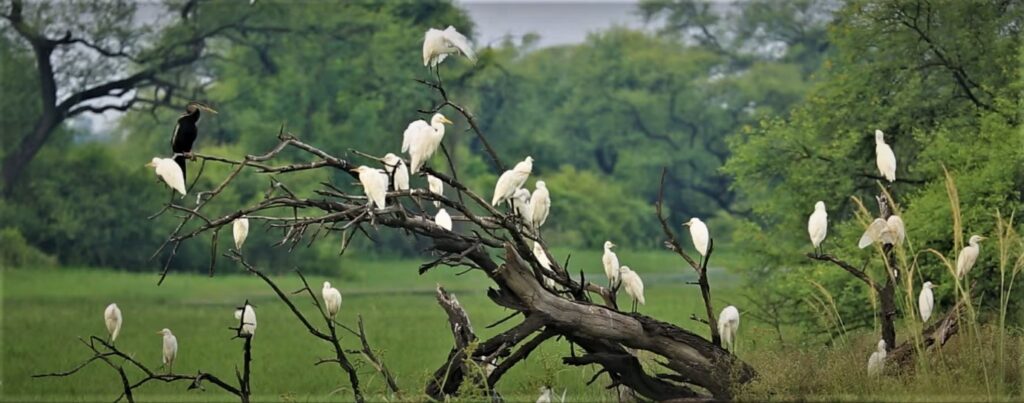
Famous Indian ornithologist and naturalist, the “Birdman of India”, Salim Ali used his personal influence to garner government support for creation of the Bharatpur bird sanctuary. The Park still has an interpretation centre named after Dr Ali to honour his contribution to this site. The park was given the status of a national park on 10 March 1982. Keoladeo National Park is also a Ramsar site under the Wetland Convention in October 1981. the Park was also declared a World Heritage Site under the World Heritage Convention.
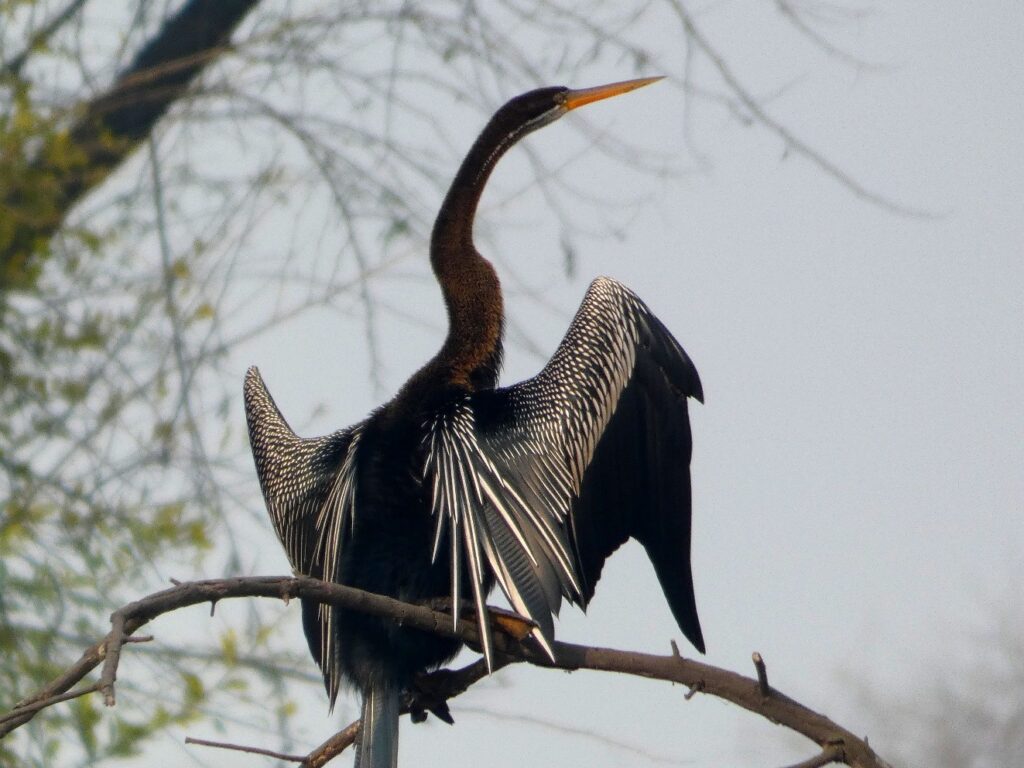
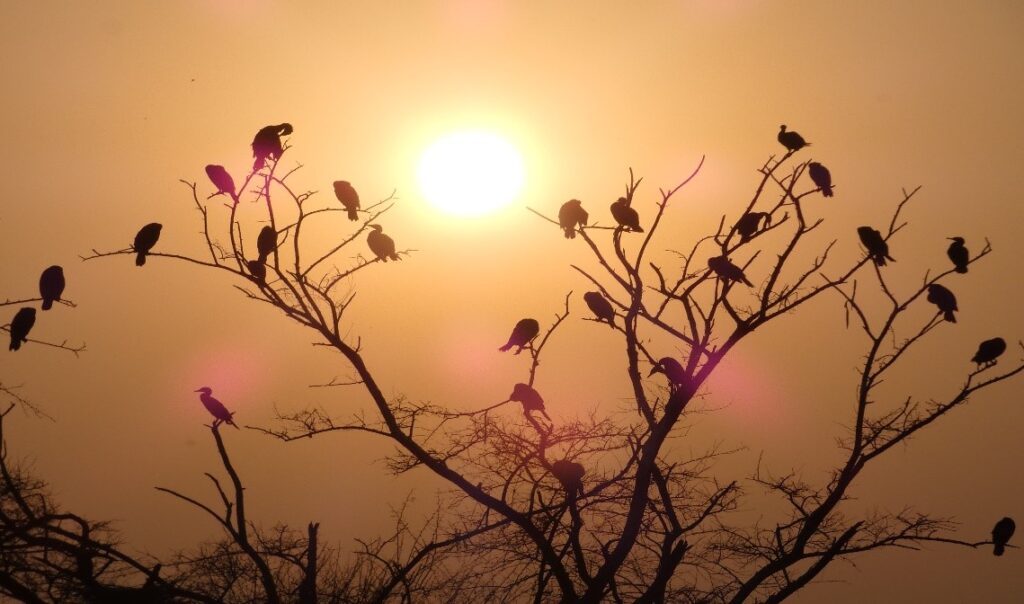
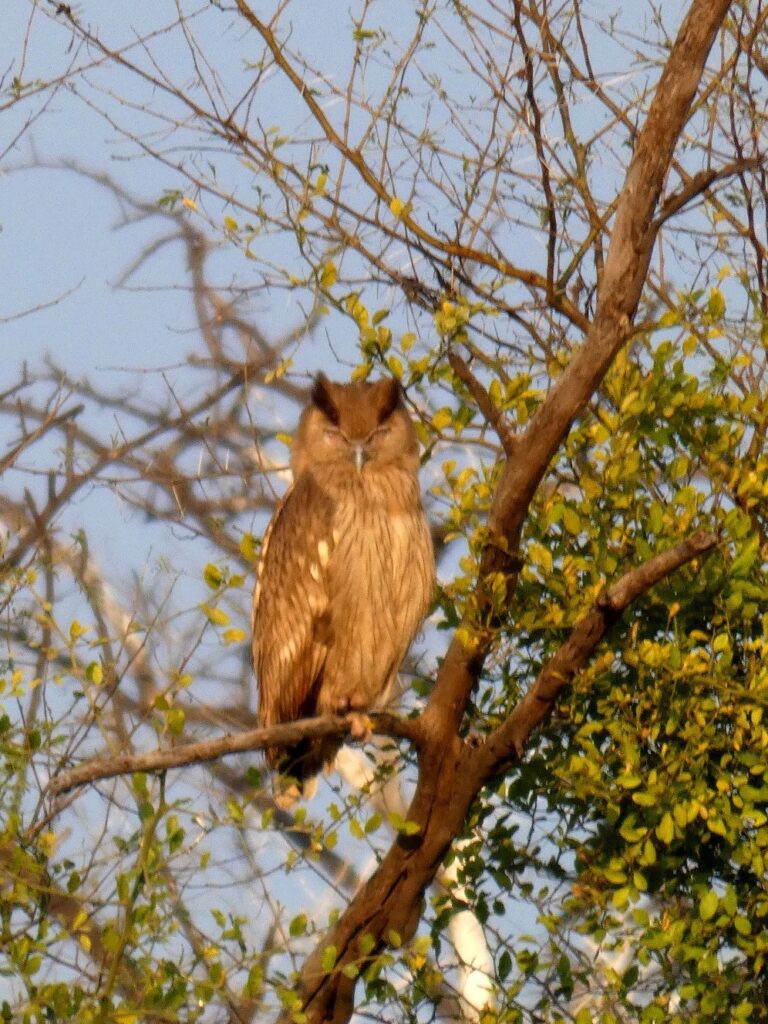
Keoladeo National Park is 2 km south-east of Bharatpur and 55 km west of Agra. It is spread over approximately 29 sq. km. One third of the Keoladeo National Park is wetland with mounds, dykes, and open water with or without submerged or emergent plants. The uplands have grasslands with tall grass species together with scattered trees and shrubs present in varying density. A similar habitat with short grasses also exists. Woodlands with thickets of huge Kadam trees (neolamarckia cadamba) are distributed in scattered pockets. The park’s flora today consists of a total of 379 species of flowering plants of which 96 are wetland species. The wetland is a part of the Indo-Gangetic Great Plains.
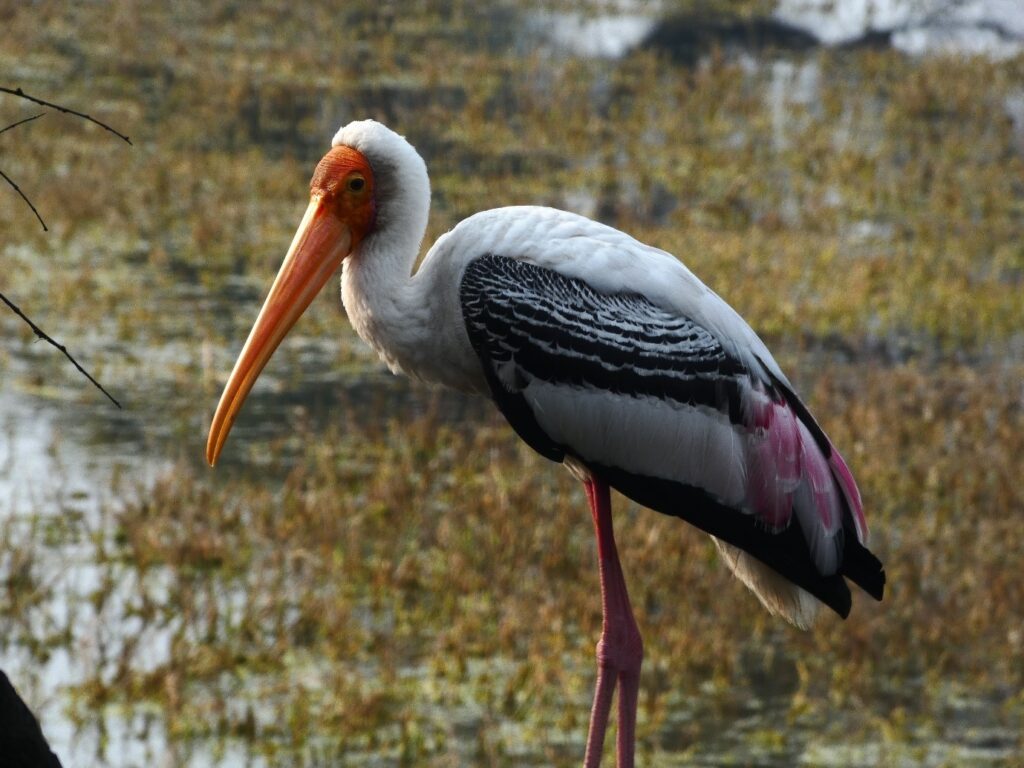
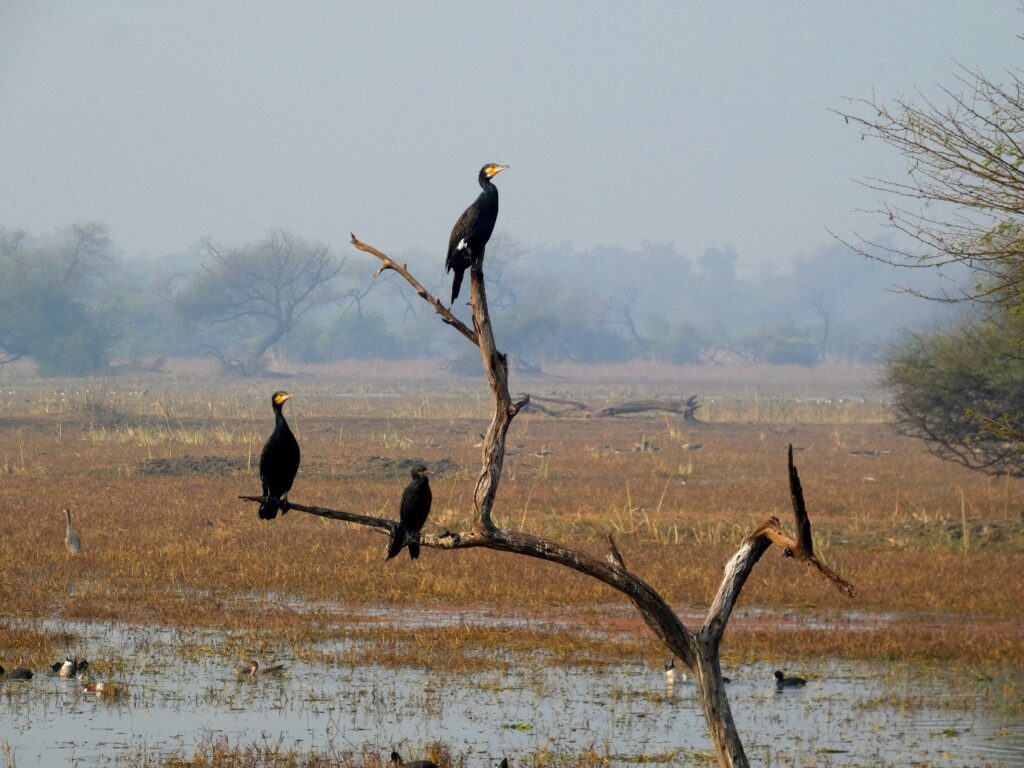
Keoladeo National Park is a popular site for birdwatchers as more than 370 bird species have been recorded in the park. The park’s location in the Gangetic Plain makes it an unrivalled breeding site for herons, storks and cormorants, and an important wintering ground for large numbers of migrant ducks. The most prominent birds are the migratory Pelicans, Cranes, Ibis, Spoonbills, Egrets, Darters, Cormorants, Grey Herons, Stork, Ducks, Eagles, Hawks, Pipits, Warblers, Wheatears, Wagtails, Flycatchers, Buntings, Larks, Shanks, and Stints. The most common waterfowl are gadwall, shoveler, common teal, cotton teal, tufted duck, knob-billed duck, Bar-headed goose, little cormorant, great cormorant, Indian shag, ruff, painted stork, white spoonbill etc
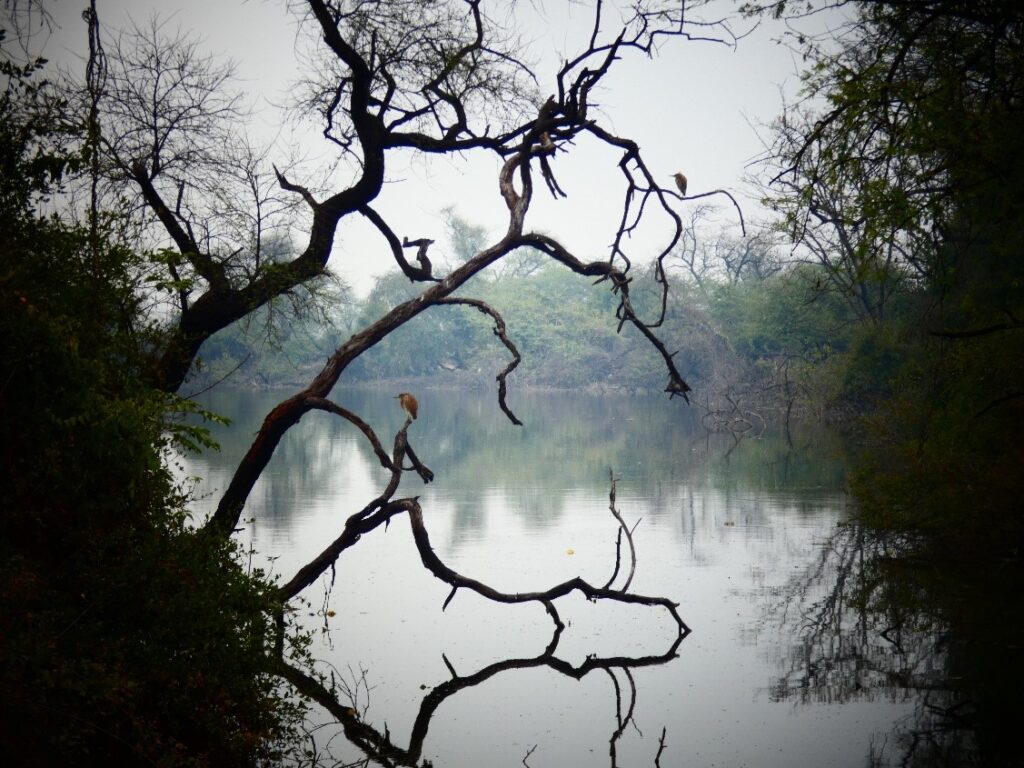
But it is not just the birds that support the ecosystem of this place. Fish fauna of the park comprises 43 species. During a good rainy season, the park receives around 65 million fish and fingerlings. The fish population and diversity are of high ecological importance as they form the food source of many birds. Ungulates present in the park include blackbuck, hog deer and nilgai. Wild boar, sambhar, cheetal, Indian porcupine, several varieties of cats, hyenas, jackals are also present in the park.
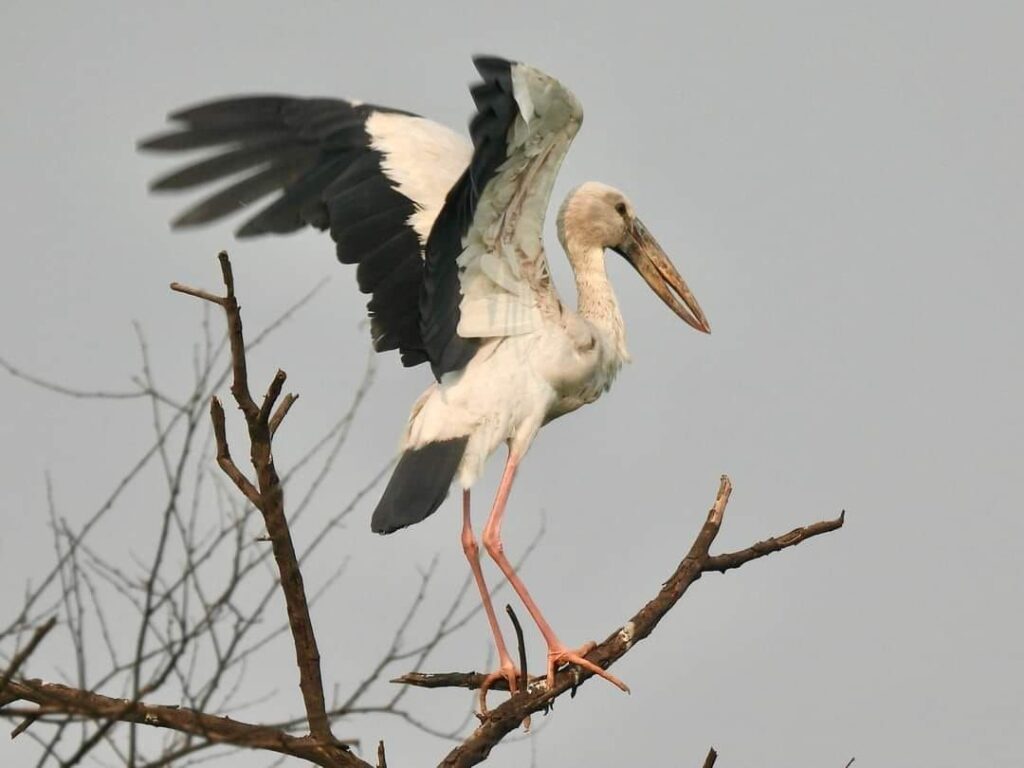
Though Bharatpur attracts tourists throughout the year, winter months from November to February are best to visit as the visitors can watch migratory birds during this time. Early morning and sunset are usually the preferred times for birdwatchers. Around the park, many staying options have come up to suit all budgets – from luxury to shoestrings. There are trained nature guides to help tourists in the park and eco friendly battery operated cars and rickshaws are available as well. Bharatpur is connected very well from road and train network. Nearest airport is at Agra , which is about 55 km by road. Delhi and Jaipur both are just 3-4 hour away from the place.